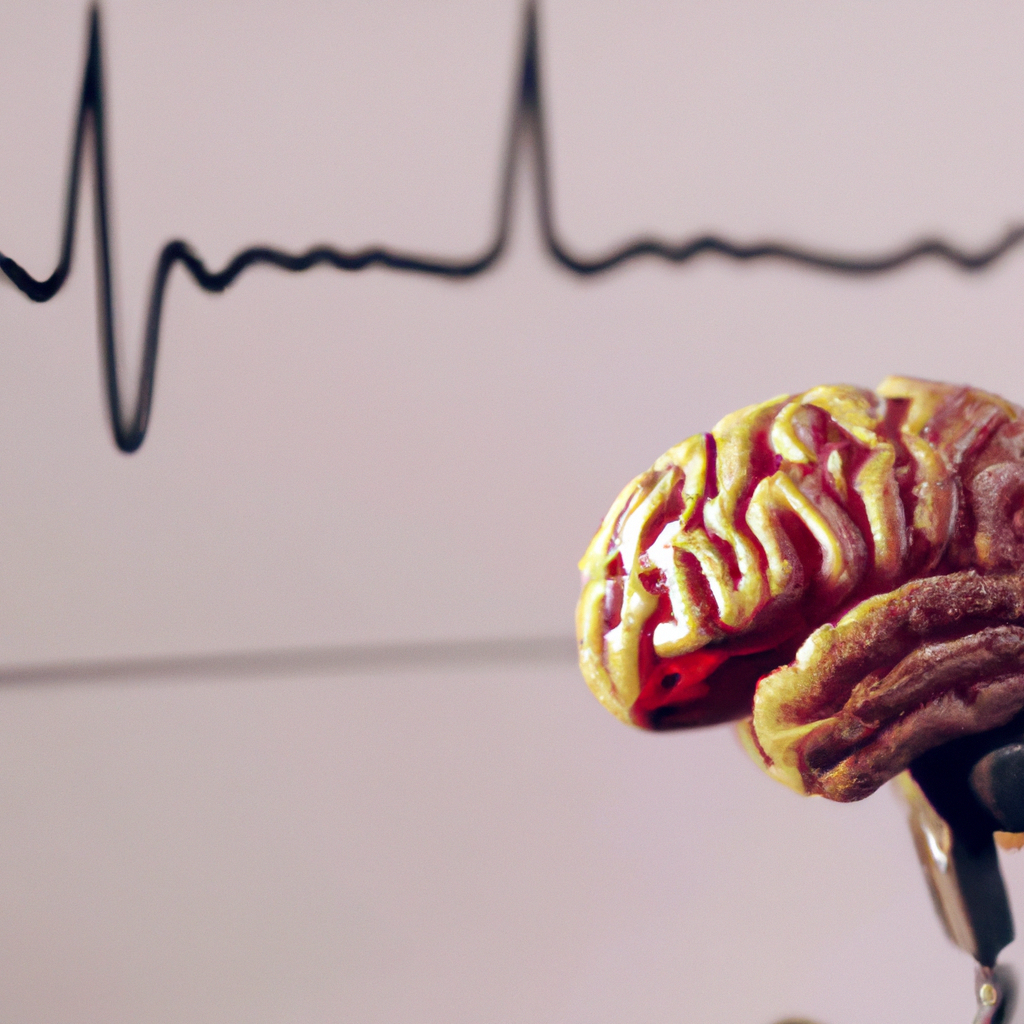The human heart is a vital organ that pumps blood and oxygen throughout the body. However, there are instances where the heart’s natural rhythm is disrupted, leading to various health complications. A pacemaker is an implantable device that aids in regulating the heart, ensuring that it beats at a stable rate. In this article, we will explore how pacemakers work in regulating the heart and the benefits they offer.
Understanding Pacemakers
A pacemaker is a small, battery-operated device that is implanted under the skin, near the collarbone. The device is designed to monitor the heart’s rhythm and send electrical impulses to regulate it. Pacemakers are commonly used to regulate the heart’s rhythm when it is beating too slowly, irregularly or when it misses beats.
Pacemakers are made up of two parts: the pulse generator and leads. The pulse generator is the small computer that monitors the heart’s rhythm and sends electrical impulses. The leads are the wires that connect the pulse generator to the heart.
How Pacemakers Regulate the Heart
Pacemakers work by monitoring the heart’s rhythm and sending electrical signals to regulate it. When the heart’s rhythm is too slow, the pacemaker sends electrical signals to stimulate the heart to beat faster. When the heart’s rhythm is too fast or irregular, the pacemaker sends electrical signals to slow it down and bring it back to a normal rhythm.
When the pacemaker sends electrical signals to the heart, it stimulates the heart muscle to contract and pump blood. This process ensures that the heart beats at a stable rate, thus preventing complications such as fainting, dizziness, and shortness of breath.
The pacemaker is programmed to regulate the heart’s rhythm based on the patient’s specific needs. The doctor can adjust the settings of the pacemaker to ensure that it is working optimally for the patient.
Benefits of Pacemakers
Pacemakers offer several benefits to patients with heart rhythm disorders. Some of the benefits include:
1. Improved Quality of Life
Pacemakers help regulate the heart’s rhythm, ensuring that it beats at a stable rate. This process ensures that patients can carry out their daily activities without experiencing fatigue, shortness of breath, or fainting spells.
2. Reduced Risk of Complications
When the heart’s rhythm is disrupted, it can lead to various health complications such as stroke, heart failure, and even death. Pacemakers help reduce the risk of these complications by regulating the heart’s rhythm.
3. Long-Term Solution
Pacemakers are designed to last for several years, making them a long-term solution for patients with heart rhythm disorders. The device can be replaced when the battery runs out, ensuring that the patient continues to receive the necessary treatment.
Conclusion
In summary, pacemakers are implantable devices used to regulate the heart’s rhythm. They work by monitoring the heart’s rhythm and sending electrical signals to regulate it. Pacemakers offer several benefits to patients with heart rhythm disorders, including improved quality of life, reduced risk of complications, and a long-term solution. If you have a heart rhythm disorder, consult your doctor to determine if a pacemaker is right for you.







